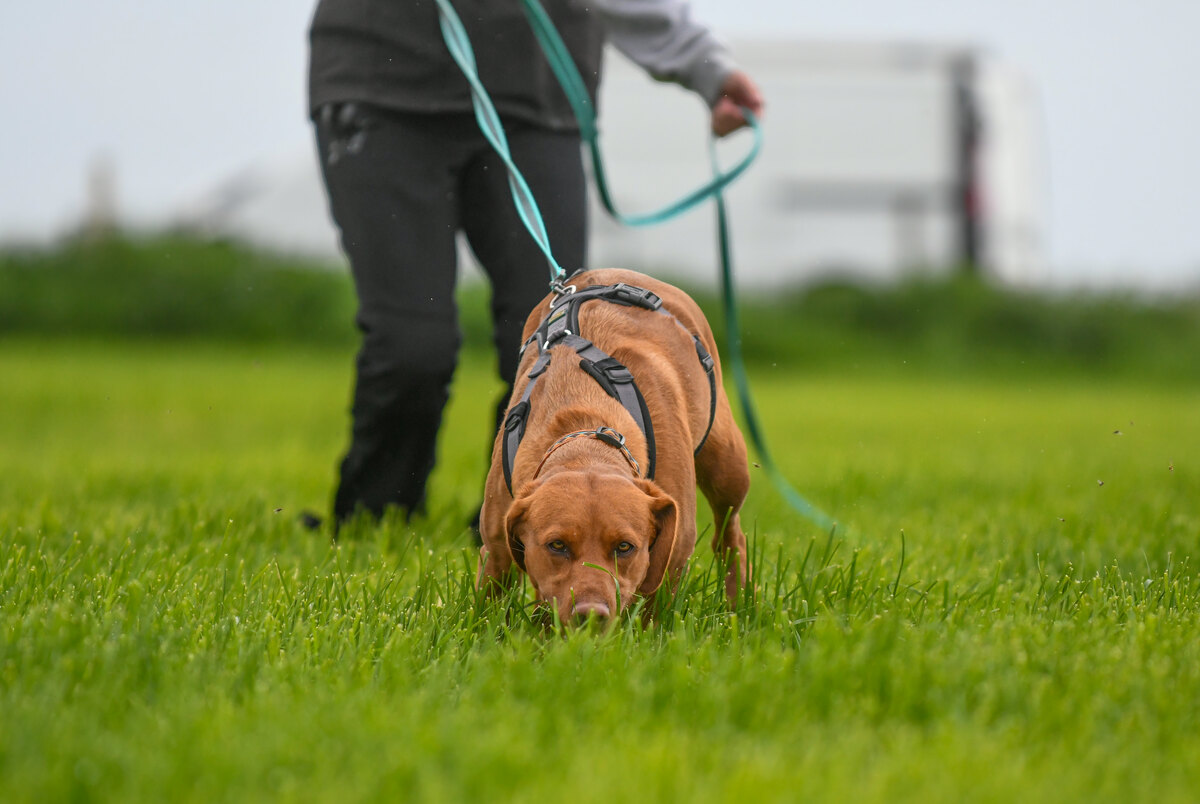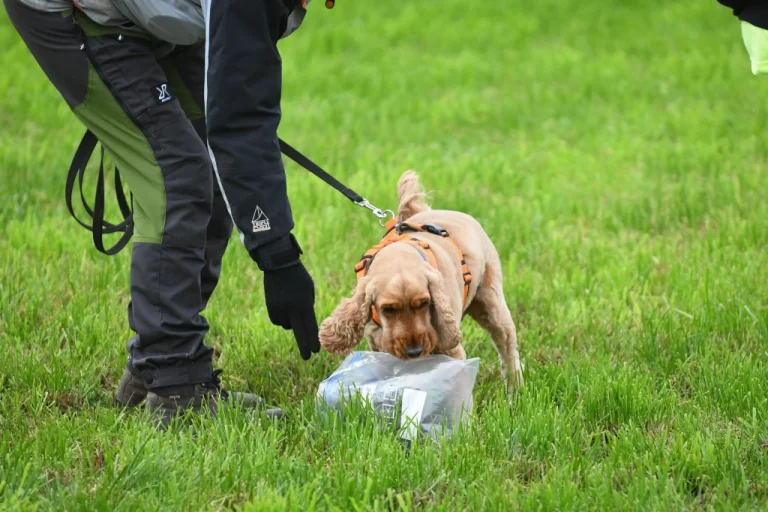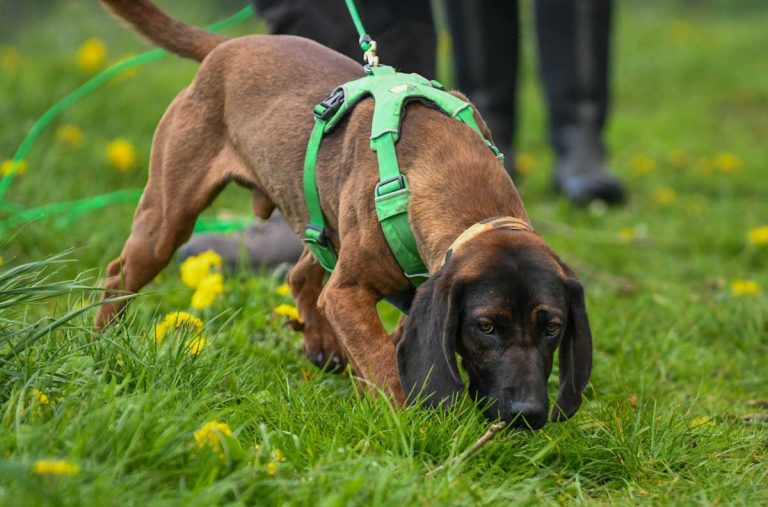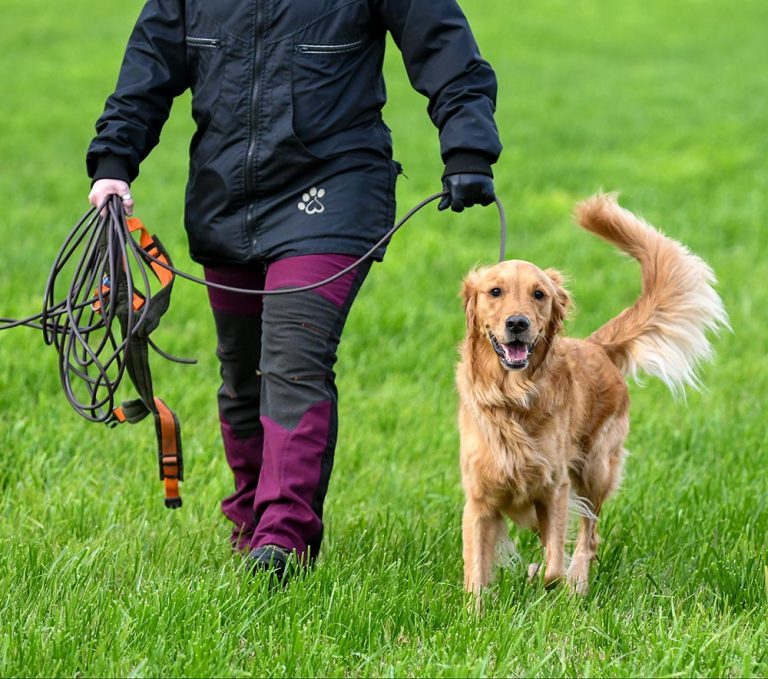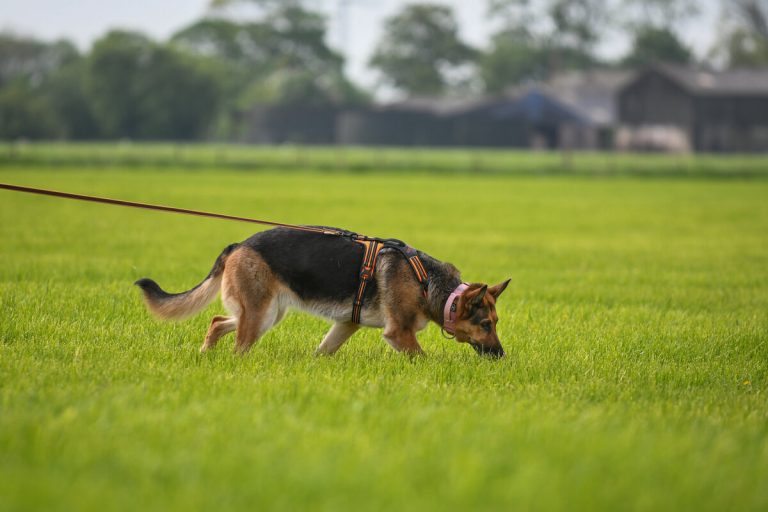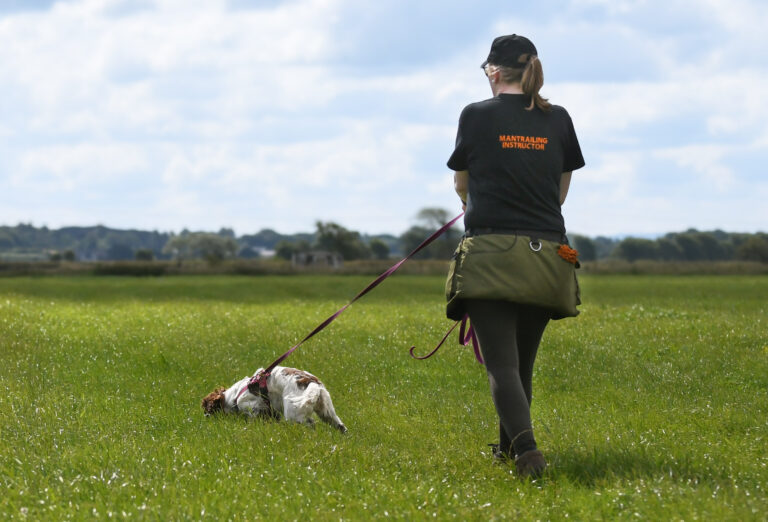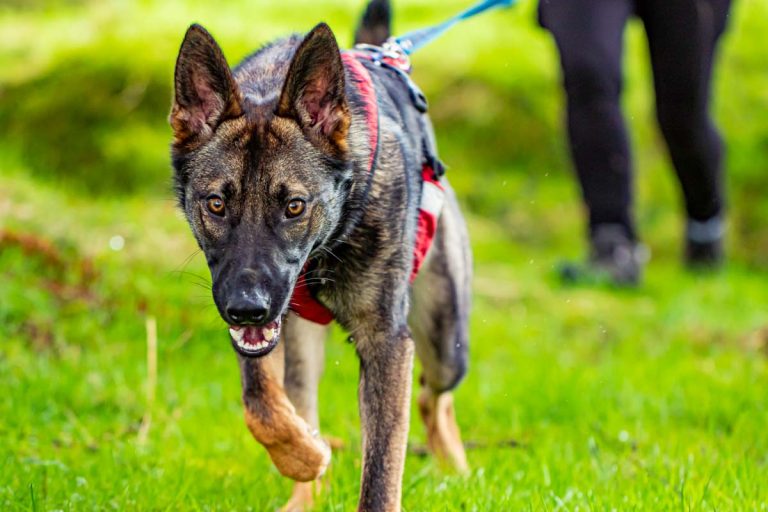What are Mantrailing Dogs Finding?
What are mantrailing dogs searching for?
People right?
Someone at the end of the trail, who usually has a lovely pot of tuna and a ball hidden on them somewhere.
They are known as a trail layer or misper (missing person) and are the “man” in mantrailing.
What scent do people give off?
But what is the scent that they are following in order to find that person?
We know it is a mixture of skin rafts and environmental scents, but it isn’t the skin rafts themselves but the bacteria on them which is multiplying or dying, depending on environmental factors, creating a gas.
It is this gas which the bacteria give off we think the dogs are following.
The dogs also follow ground disturbance which is more prominent in rural environments, and often discussed when talking about tracking.
Everyone has a unique cocktail of bacteria which the dogs can follow.
There is new research to also suggest that human breath plays a huge part in what the dogs are following, more so than just body odour.
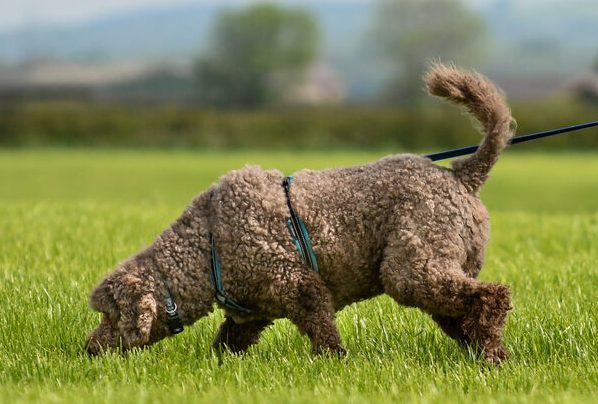
What scent are dogs following?
Dogs can differentiate between siblings, parents and children and people who live in the same household easily, so it stands to reason the bacterial cocktail on each person is specific to them.
We use scent articles, objects touched or worn by the trail layer to indicate to the dogs that is the person they are finding.
Dogs use their superior sense of smell to follow the scent trails left behind by the trail layer, in any environment no matter the contamination.
They can distinguish the direction of a trail by sniffing the time difference.
When dogs are detecting a scent they inhale sharply, or sniff, to create an eddy-current that carries the air further upward into their nose where they process the scent, and can follow it.
So when you hear the dog blowing hard on a trail they are disturbing the ground to increase the scent particles in the air to inhale them.
Bacteria live on biofilms, which are our skin, in our mouth, and our intestines. Different parts of our bodies have different bacteria on which is why our feet can smell but not our heads, the bacteria is different.
We have 10x more bacterial cells on us than actual cells in our body, so it is virtually impossible to not leave a scent at all, and it is why dogs are so efficient at following people.
As the bacteria reproduces and dies it creates a gas, which the dogs can detect and follow. The dogs sense of smell is so much better than ours, they use 35% of their brain to process scent where as we only use 5%.
They are able to detect minute drops of scent in an environment and follow the direction it has come from. They can make the decision on which way the scent is coming from in as little as 2-5 steps made by the person, even if the trail is hours old. This is why we may perform the scent inventory, an investigation of the area prior to the start of the trail, to help them find the trail.
The bacteria will settle on the ground, vegetation, buildings and anywhere there is surface. But it will start to change depending on the temperature, chemicals in the environment and wind speed.
The bacteria will multiply and become more “smelly” for the dog to follow up until a peak strength and then the scent will become weaker. The strength of the scent is depending on the environmental changes and how long it has been on the ground, as well as what chemicals the person may have been wearing and layers of clothing.
The science of the mantrailing dog
The recent study by Aviles-Rosa EO and the team from the University of Texas have published the paper “ Development of an automated human scent olfactometer and its use to evaluate detection dog perception of human scent” – https://www.ncbi.nlm.nih.gov/pmc/articles/PMC10906837/
This suggests that there could be a significant role played by our breath in what dogs are finding, when dogs were tested on indicating on just a persons breath they indicated 88% of the time correctly, compared to just 50% when presented with human scent without breath.
Trail layers are always breathing so we cannot remove breath from the trail, but we can look at its uses to build success.
We also know that dogs dealing with criminals and their apprehension can detect the adrenaline from those people. Adrenaline enters the bloodstream from a gland and helps people run faster, breath faster and “evade danger” or in this case being found by the police.
In cases where someone is missing, search and rescue dogs won’t have the help of adrenaline as the person often isn’t running away or in the case of a dementia patient they may not even know they are lost.
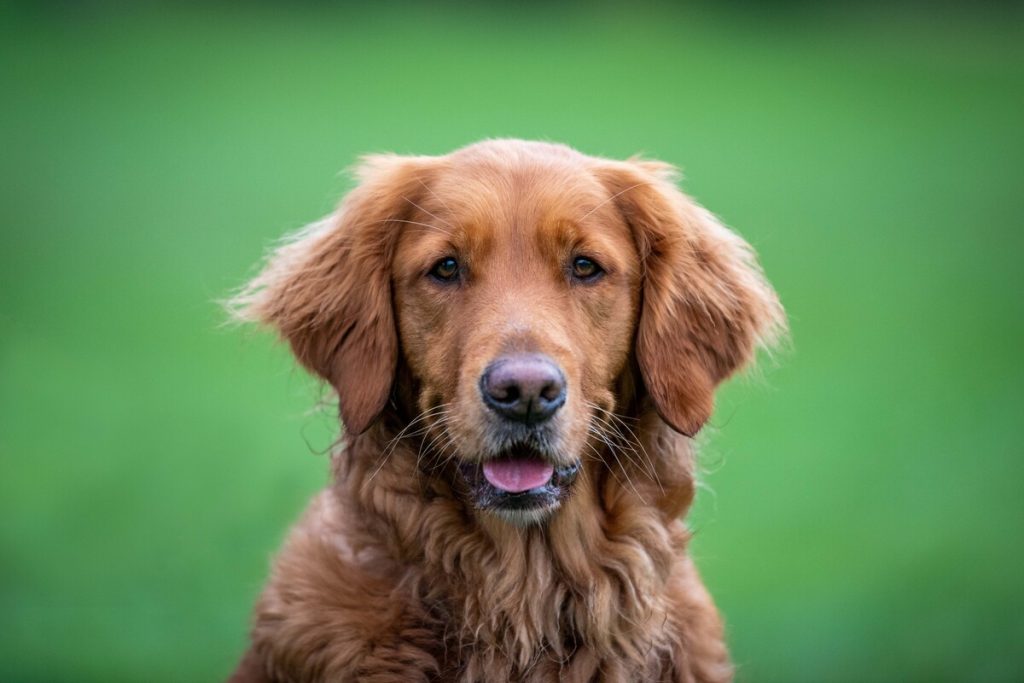
What environmental factors affect scent?
There are a lot of factors which go into the accuracy of the dog detecting a trail, and getting to the trail layer.
These environmental factors can create scent pools and places where the dog has to work harder to stay on the trail. Even just starting the trail can be hard with lots of contamination, and this is why we do a scent inventory with some dogs, in order to help them get started correctly.
Even scent articles have their own bacterial change as they are worn by the person usually and can be affected differently by the environment if sealed in a plastic bag or touched by someone else creating a contaminated scent article.
Increasing or decreasing the heat will affect how the bacterias eco system grows or dies, and this can really affect how a mantrailing dog works.
Heat can kill off bacteria, it’s why we cook meat as it kills bacteria which could harm us. It’s the same for bacteria on the trail, it can be killed off by heat and dogs may struggle to follow the trail on a hot day.
Cold keeps the bacteria in one place which can make it easier for the dogs to follow the trail more accurately, but it also stops the bacteria from multiplying. Which is why we store perishable food in the cold, to stop the bacteria multiplying.
Chemicals in the environment can also affect the bacterial change. But this is varied on the chemical.
We also have an effect from our body heat and the things we wear such as anti perspirant are also part of the bacterial change on the trail. Our body heat can lift the trail off the ground and it takes time for it to settle down.
But in all honestly we haven’t been able to prove what the dogs are actually following on the trail, we have only been able to test what they can detect. It doesn’t mean it is that.
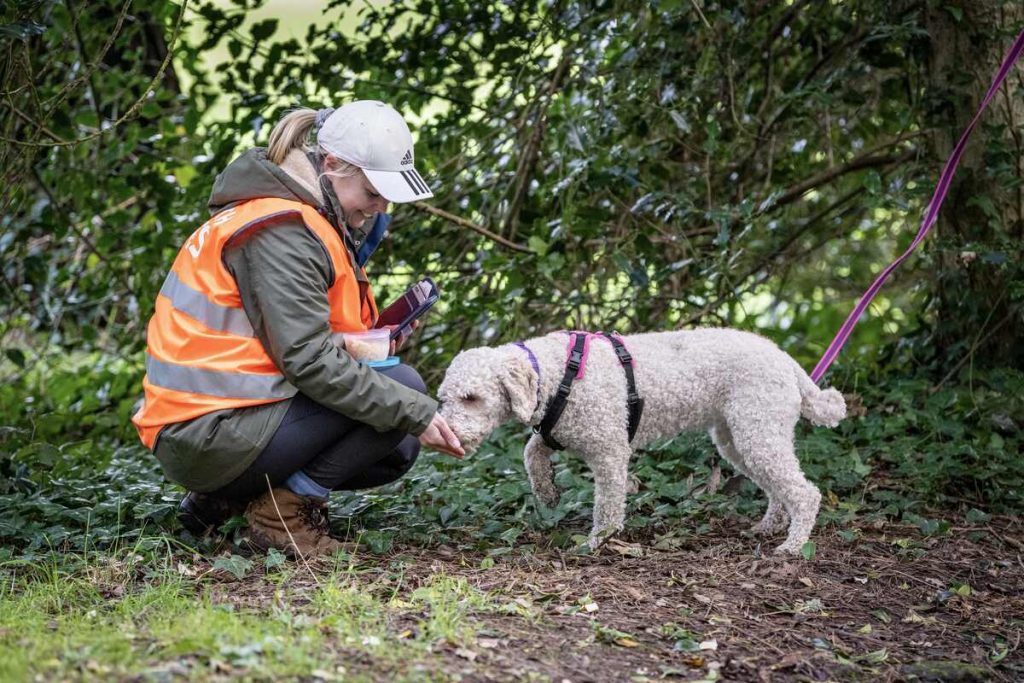
How do mantrailing dogs find people?
Unlike scent detection dogs, which find a single odour source which is constantly giving off scent in one place, the mantrailing dog has to follow the scent to find a person who could be on the move, in an environment which is ever changing.
They use the huge olfactory part of their brain to sort, process and decide to follow the scent to the person with the reward.
They find people because we build reward in following human scent.
The sport of mantrailing is set up to teach dogs to find people using their nose, we pair the scent of people with reward and encourage the dogs to problem solve to find the rewarding person. Mantrailing dogs will use ground scent, ground disturbance, air scent and blown scent to achieve the goal of finding a person.
We can also teach them to follow human scent efficiently through tracking, as they are following the scent closely on the ground and not following air scent as much as a pure mantrailing dog might do.
Dogs will naturally follow the scent of animals or other dogs, because that is part of their survival to find food or a mate, but finding people has to be taught.
We teach them if they follow the scent of the person who has left behind something they have touched or worn, known as a scent article. They get rewarded for finding the person with food or toys.
They learn to decode the freshest version of that persons scent, to find them and get their reward. They can follow older trails left by people, but this becomes harder as the bacteria dies off over time. The time it takes to die is dependent on many factors, and we have yet to prove or disprove how aged a trail is before a dog cannot follow it.
We tap into a dogs natural genetics for a fun sport, the same way we tap into a dogs need to search in scent work or a dogs need to retrieve in gundog training.
Following scents is rewarding to dogs, as it fulfils an intrinsic need for survival. They find joy in following scents of rabbits, squirrels and mice. In mantrailing we substitute the furry critter for a person with food.
You can hear me talk more about this in my seminar, which was recorded live and provided an in-depth dive into the topic of what dogs are following on the trail and how they process scent.

